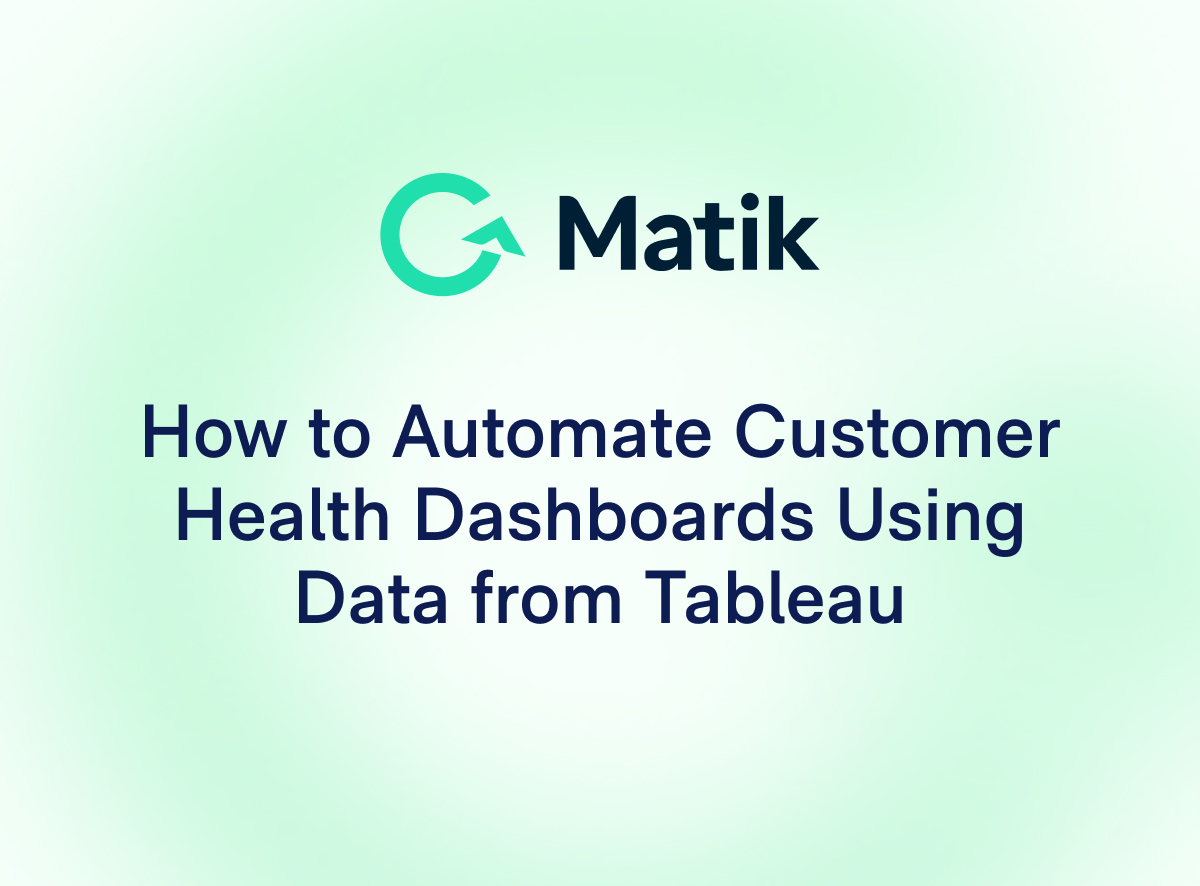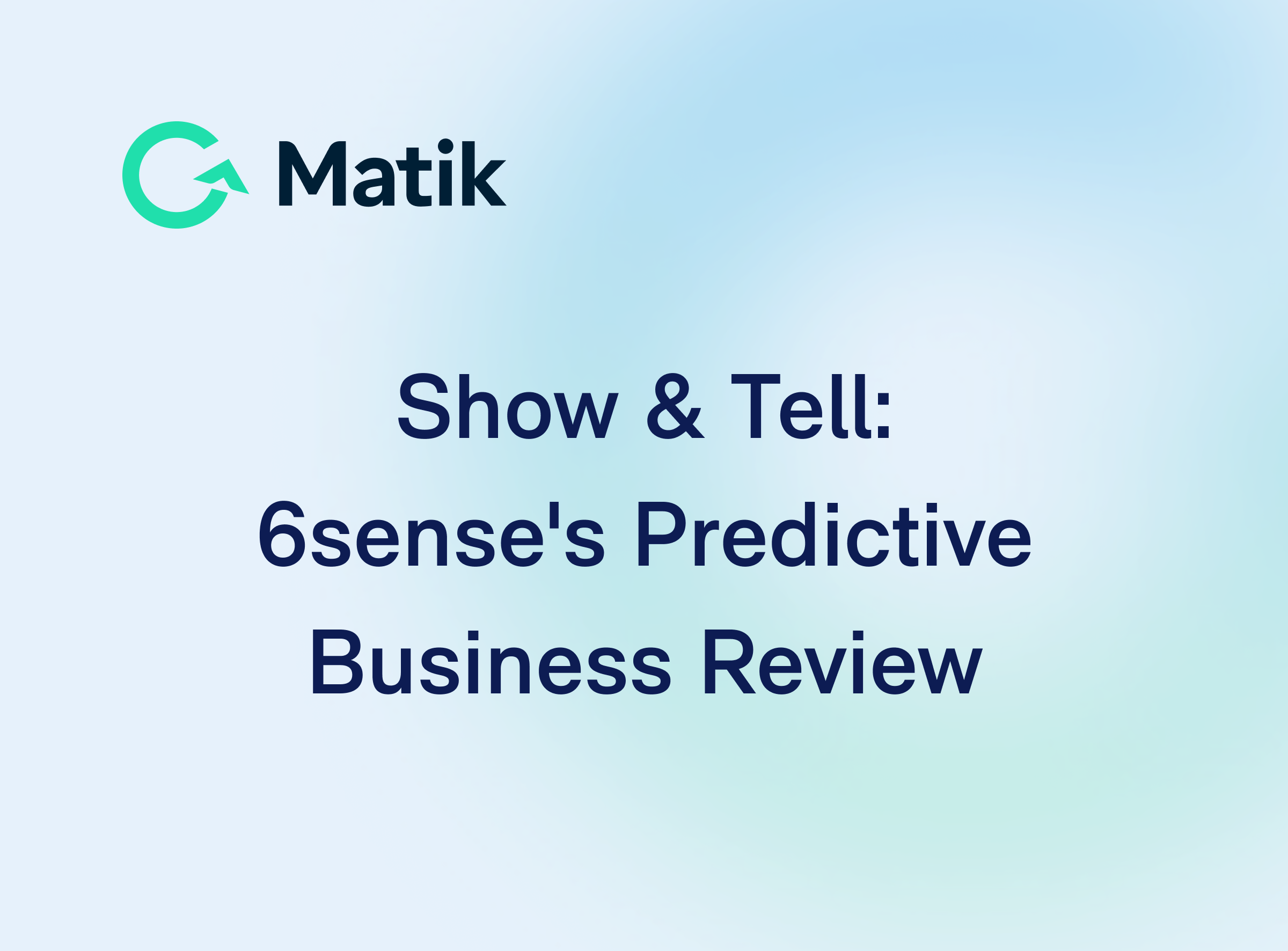Join Our Newsletter
In an era where our inboxes are flooded with emails, it's becoming increasingly rare to receive one that truly stands out and provides value. The average email, whether from a salesperson or a product you use, tends to blend into the background. Sales emails often contain a few jokes alongside a pitch for a meeting, while product update emails are usually lists of new features that may or may not be relevant to you. The problem is that most of these emails rely on superficial personalization—a tactic that’s no longer enough to capture attention or build meaningful connections.
So, how do you cut through the noise and make your emails resonate with recipients? The answer lies in data-rich emails—messages that not only provide hyper-personalized content but also leverage data to build trust and showcase value.
Why Data-Rich Emails Matter
In today’s world, personalization has become a basic expectation. However, adding a recipient's first name to an email or referencing a previous purchase doesn’t create the kind of engagement that leads to long-term loyalty. What does work is offering something of real value: insights and information that are directly relevant to the recipient's needs and goals. This is where data-rich emails come in.
However, it's not just about throwing numbers into an email and hoping they stick. To communicate data effectively, in a way that drives action, you need to visualize it. Data visualizations like charts, tables, and images are crucial for helping your customers quickly understand the information you’re sharing and see the patterns that matter.
Demonstrate Value with Data Visualizations
To effectively showcase the ROI of your product, using clear and concise charts and tables is crucial. These tools allow your customers to easily see the direct benefits they’re receiving, making it one of the most powerful ways to communicate value.
When it comes to enhancing understanding, simplicity is key. Traditional formats like bar graphs, line graphs, and pie charts are highly effective for presenting data. While intricate visuals can be appealing, prioritizing clarity and audience comprehension ensures your message is communicated effectively.
To further strengthen your narrative, consider using attachments that provide deeper insights. Supporting your stories with data visualizations, whether in a report or a presentation, helps customers quickly grasp key information and identify patterns. These visual tools are invaluable for conveying complex data in a way that is both engaging and easy to understand.
Data to Build Trust
At its core, the goal of a data-rich email is to build trust with your customers. When you communicate with data, especially in a visual format, you show that you understand their needs and are committed to helping them achieve their goals. Here’s how to do it effectively:
Personalize Data - Before crafting your email, take the time to understand each customer’s unique objectives. Whether it’s increasing user adoption, maximizing ROI, or benchmarking against industry peers, aligning your data with their goals shows that you’re invested in their success.
Usage and Adoption - Sharing usage metrics can be incredibly powerful. Show who in the company is using the product, how often, and which features are being utilized the most. This not only demonstrates value but can also provide opportunities to suggest greater adoption or more effective usage.
ROI - Tailor your ROI metrics to reflect what matters most to the customer. These metrics demonstrate the value the customer is receiving from the product. Measuring ROI will vary depending on the customer's goals and objectives. Examples include revenue generated or time saved as a result of using your product.
Benchmarking - Your customer will likely be interested in seeing how their progress has evolved since implementing your product. Be ready to present data that reflects their advancement toward the goals they’ve communicated. Additionally, offering benchmarking data to show how they compare with industry peers or competitors can be highly impactful.
In a world where emails often fade into the background, data-rich emails provide a powerful way to break through the noise and create a lasting impact. By integrating visualizations, personalized content, and relevant data, you can forge stronger connections with your customers and clearly convey the true value of your product. So, the next time you craft an email, go beyond basic personalization—enhance your communication with data that truly resonates.
---
Interested in Matik? Request a Demo















